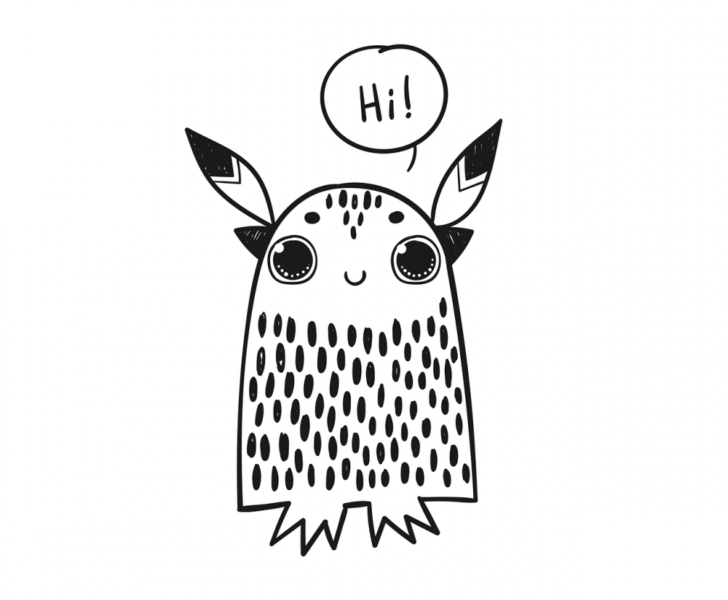Renaissance Art: A Comprehensive Overview

Introduction:
The Renaissance period, spanning from the 14th to the 17th century, is widely regarded as one of the most pivotal moments in history, particularly in the realm of art. This era witnessed a remarkable resurgence of creativity, scientific advancements, and newfound interest in knowledge and the human form. In this article, we will delve into the world of Renaissance art, exploring its characteristics, types, popularity, and historical significance.
An In-depth Presentation of Renaissance Art:

Renaissance art represents a departure from the stylized and religiously-focused art of the Middle Ages. It emphasizes the human experience, capturing the beauty of nature, the human body, and the exploration of new perspectives. This period witnessed the rise of prominent artists such as Leonardo da Vinci, Michelangelo, and Raphael, whose works epitomize the essence of Renaissance art.
Types of Renaissance Art:
Renaissance art encompasses a variety of forms, including painting, sculpture, architecture, and literature. Painting, however, remains the most prominent medium during this period. The technique of oil painting gained popularity, allowing artists to achieve greater realism and depth in their artworks. Religious themes were still prevalent, but artists also began exploring secular subjects, landscape painting, portraiture, and mythological narratives.
Popularity and Influence:
Renaissance art quickly gained popularity among patrons, nobility, and the emerging middle class. The revival of classical Greek and Roman traditions, along with advancements in techniques, contributed to the attractiveness of Renaissance art. Its humanistic focus also resonated with the intellectual climate of the time, enhancing its appeal. The Florence School of Painting, for instance, played a crucial role in shaping the development and spread of Renaissance art across Europe.
Quantitative Measurement of Renaissance Art:
When examining the quantitative aspects of Renaissance art, it is important to consider the number of surviving artworks, the number of prominent artists, and the cultural impact of the period. According to art historians, thousands of Renaissance artworks have survived to this day, demonstrating the prolific production during this era. The number of renowned artists who emerged during this time further attests to its significance. In addition, the rise of art academies and the establishment of workshops facilitated the training and mentorship of aspiring artists.
Differences in Renaissance Art:
While Renaissance art as a whole shares certain characteristics, regional differences and individual styles emerge when studying specific artists and locations. For example, Italian Renaissance art often displays a harmonious balance between idealized reality and naturalism. On the other hand, Northern Renaissance art in countries like Germany and the Netherlands tends to have a more detailed and precise rendering, alongside a focus on symbolism and religious themes.
A Historical Review of the Pros and Cons of Renaissance Art:
The pros of Renaissance art lie in its celebration of human potential, the revival of classical aesthetics, and the lasting impact it has had on subsequent art movements. Renaissance art inspired artists and thinkers for centuries to come, shaping the foundations of Western art. However, some critics argue that its emphasis on the idealized human form and the exclusion of marginalized voices hindered a more inclusive portrayal of society.
[INSERT VIDEO HERE]
Conclusion:
Renaissance art was a transformative period in the history of art and culture. Its emphasis on humanism, realism, and exploration of new techniques marked a distinct departure from the art of the Middle Ages. With its profound impact on subsequent art movements and the preservation of countless masterpieces, Renaissance art continues to captivate and inspire audiences worldwide.











